Manual Coffee Grinder: Mokkalov vs Timemore C2 Fold
Even though I am a software developer, I, like many office workers, have been working from home since the onset of the pandemic. In recent years, I have realized how important good coffee is to me and have tried various solutions.
In my experience, good coffee depends less on the brewing method (such as filter, Moka pot, espresso machine, fully automatic, etc.) and more on the right grind. The best coffee beans taste awful if they are ground incorrectly for the brewing method used.
In particular, the Moka pot has very specific requirements, and an incorrect grind is immediately noticeable. Since I use various brewing methods (Moka pot and espresso machine), I have recently acquired two manual coffee grinders and would like to share my experiences with them in this post.
How Coffee Grinders Work
There are various ways to grind coffee. Electric grinders typically use propeller grinders, disc grinders, or conical grinders. Propeller grinders crush the beans using a rotating blade, which is also used for things like making smoothies. However, they have the significant disadvantage of not allowing precise grind settings and are therefore unsuitable for coffee.
In disc grinders, two grinding discs rotate against each other, and conical grinders have a cone that gets larger towards the center (usually made of ceramic or stainless steel). Both disc and conical grinders usually have multiple grind settings that you can adjust.
Why Choose a Manual Coffee Grinder?
Before delving into the differences between the grinders I tested, I should mention why I prefer a manual grinder over an electric one.
In expert circles, conical grinders mentioned earlier are generally considered the best way to grind coffee. This is partly because propeller grinders are too imprecise, and disc grinders need to rotate very quickly to achieve a good grind, potentially burning the coffee.
Electric grinders mostly use cheaper propeller or disc blade grinders, and for electric conical grinders, you have to dig deeper into your pocket. Manual grinders, on the other hand, start with a conical burr grinder even in the inexpensive €20 entry-level range.
Additionally, electric grinders are quite large, and due to the electronics and construction of the devices, coffee grounds tend to accumulate inside over time, leading to defects.
So, a manual grinder offers the same result as a professional coffee grinder with less money and also takes up less space. While you do have to put in some manual effort, I view that as a positive aspect in today’s society, where the average office worker lacks physical activity.
Löwenkönig Mokkalov

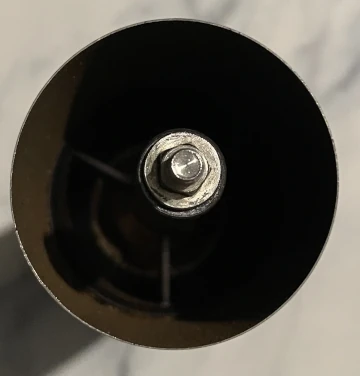
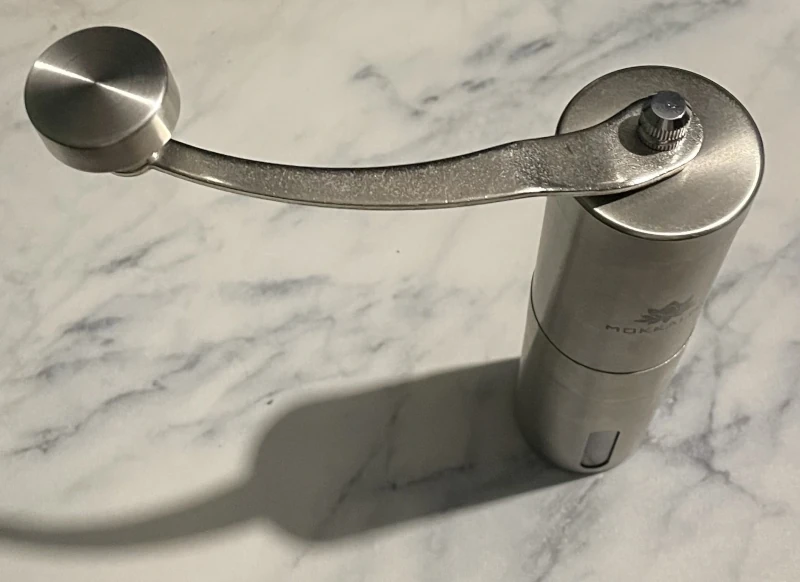
My first coffee grinder has an adjustable ceramic conical burr grinder held in place by plastic and a stainless steel housing. The crank for grinding needs to be unscrewed before filling with beans. Very similar models are available from many sites for €10 to €20, and on Chinese shopping websites like AliExpress, you can acquire very similar coffee grinders for less than €10.
Although I was initially excited about the grinder, I must now advise against it. Initially, my grinder could grind quite finely, but then something broke in the plastic holding the burr grinder in place, and since then, I can only grind coarser effectively. While Chinese sellers offer individual components for these widely used types of grinders, the burr grinders are almost always held in place by plastic, which shatters my confidence.
For drip coffee or the Moka pot, coarser coffee is still suitable, but the grinder is rather unsuitable for espresso.
Timemore C2 Fold

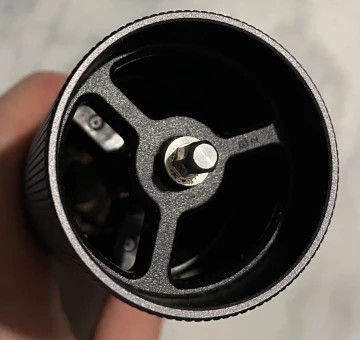
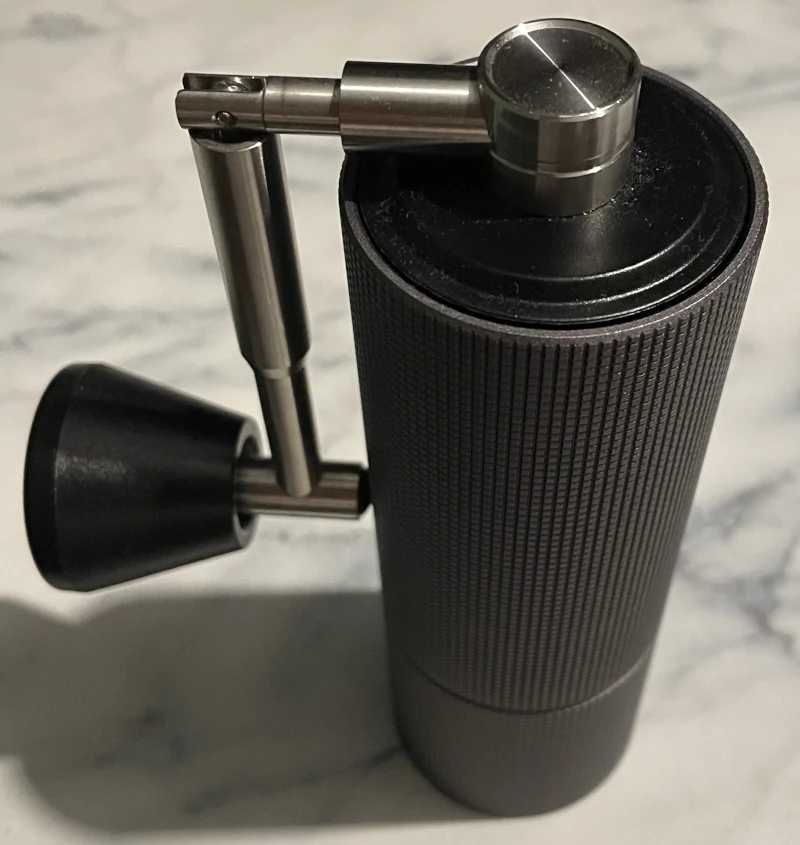
My second purchase came after I followed the recommendations of the “Kaffeemacher” on YouTube. It is significantly more expensive than the Mokkalov (depending on whether it’s new or used, between €40 - €100), but it is much higher quality. The body is made of thick aluminum, and the adjustable conical burr grinder is made of stainless steel. You don’t need to refer to the instructions for adjusting the burr grinder as you do with the Mokkalov; instead, there are markings on the adjustment disc.
I haven’t had any problems with the grinder so far. It feels much higher quality, fits better in the hand, and sounds more satisfying to use. The grinder can grind much finer than the Mokkalov ever could. Moreover, you don’t have to unscrew the crank; you can simply remove it along with the lid and even fold it, making storage in a small kitchen more convenient.
Conclusion
There are devices where you can cut corners, but coffee grinders are not one of them. Cheap grinders don’t last long and can’t grind very finely either. If you’re looking for a good coffee grinder for espresso, you should look at several comparisons and form your own opinion.
In particular, many cheap Chinese grinders made of shiny stainless steel have a hidden secret of plastic that will break over time. While the Timemore also has plastic elements inside, the burr grinder is held in place much better, as you can see in the following picture:
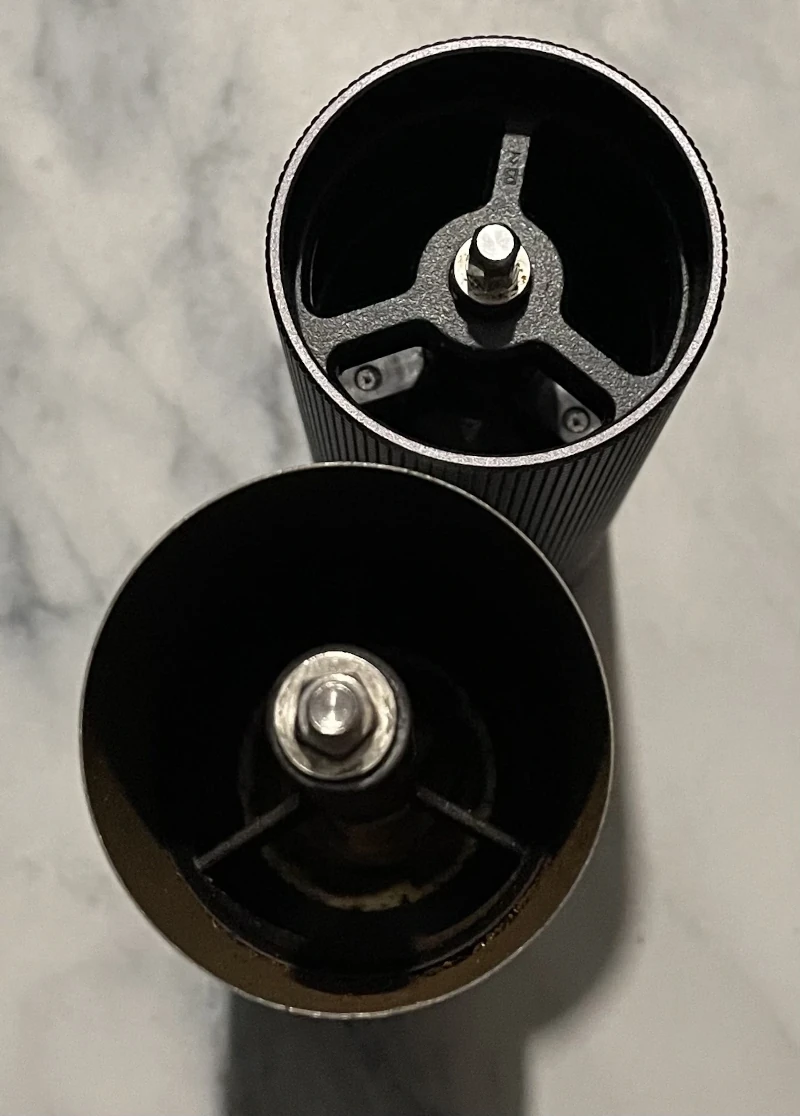
Comments
You can use your Fediverse (i.e. Mastodon, among many others) account to reply to this post.